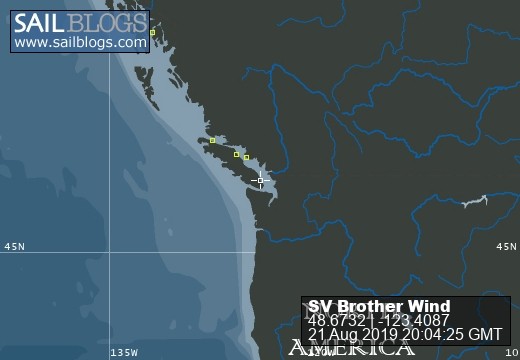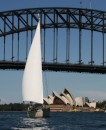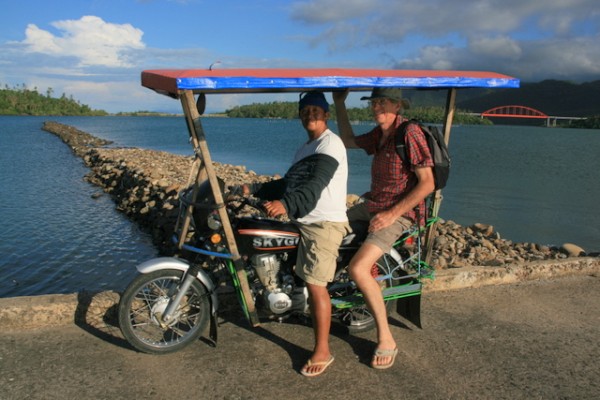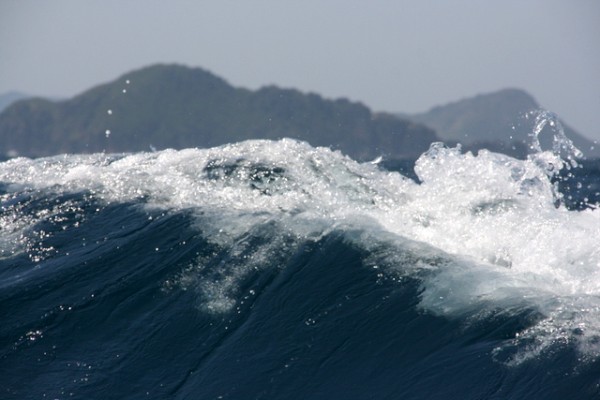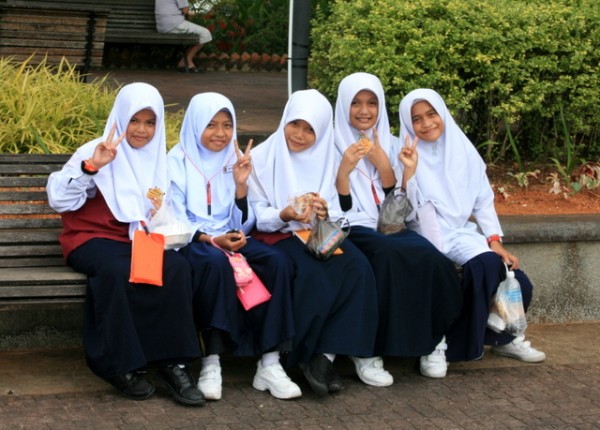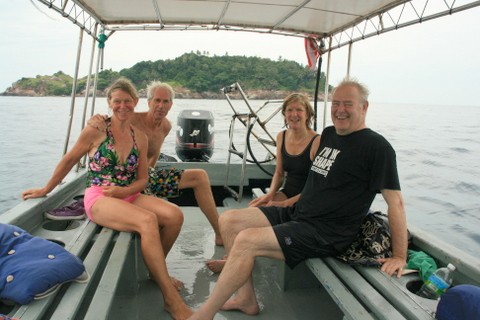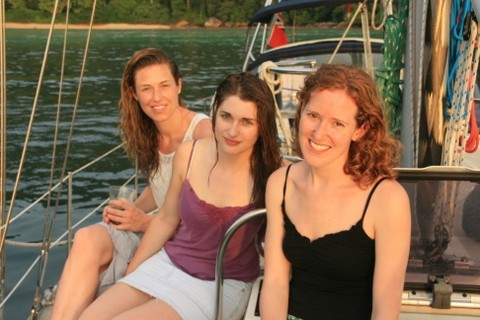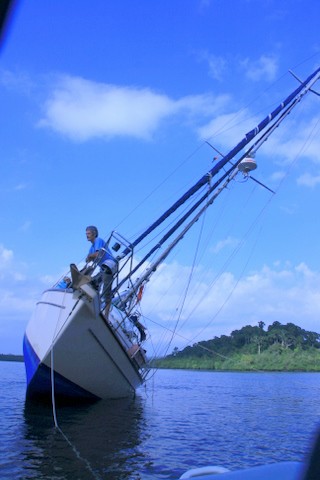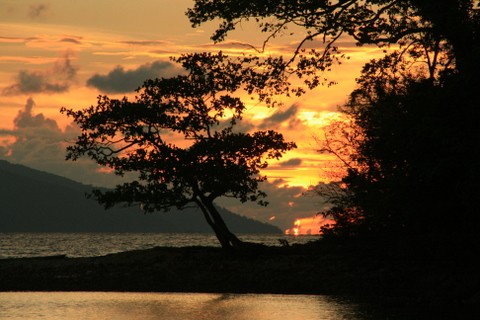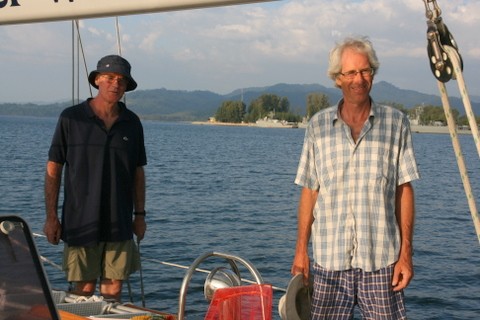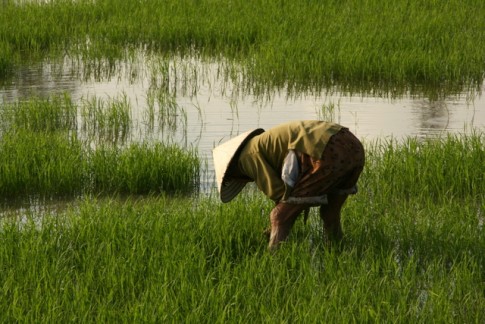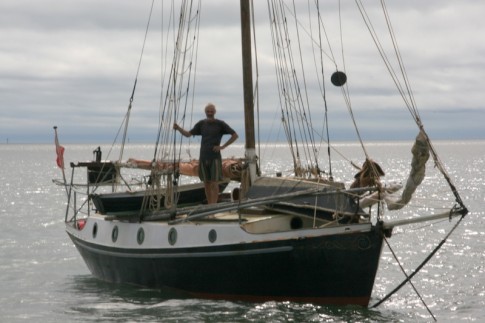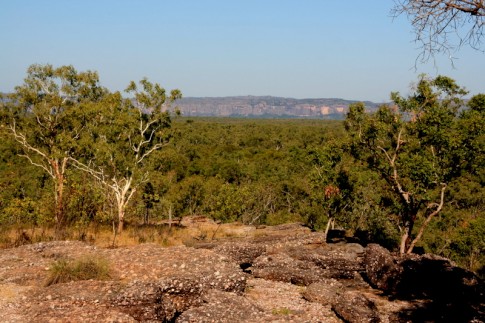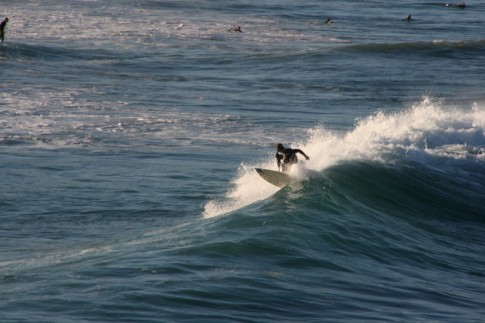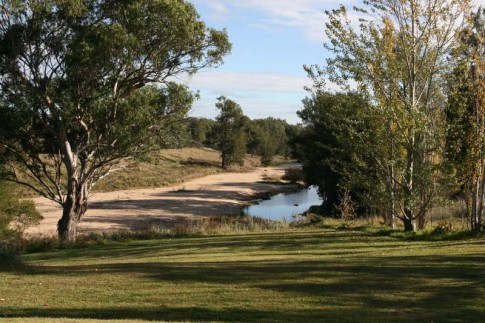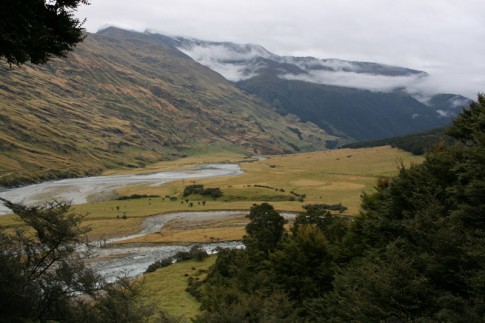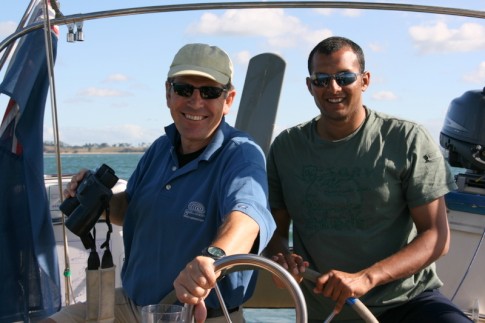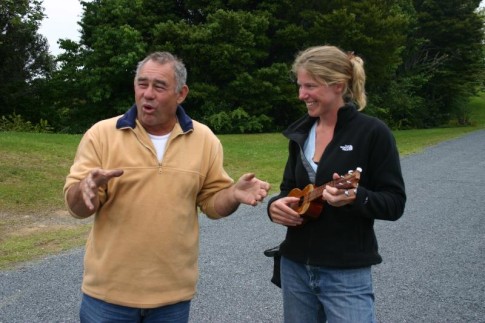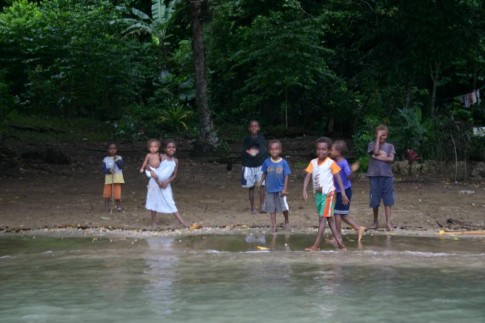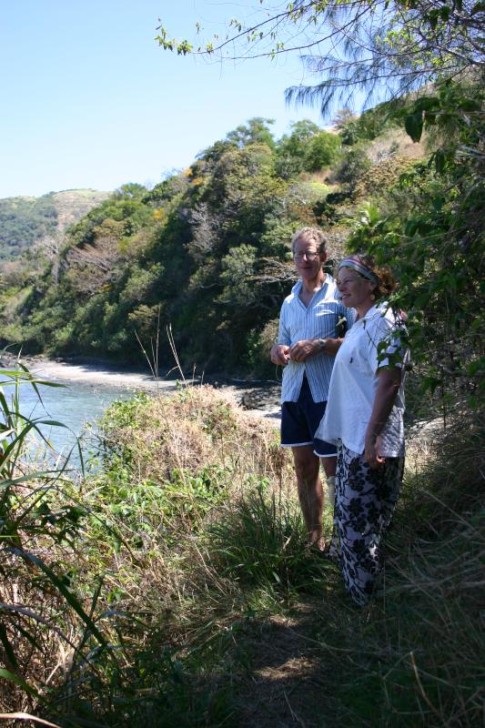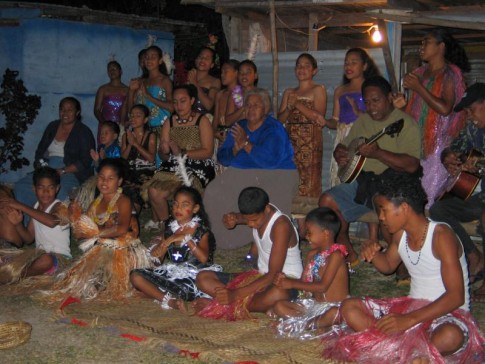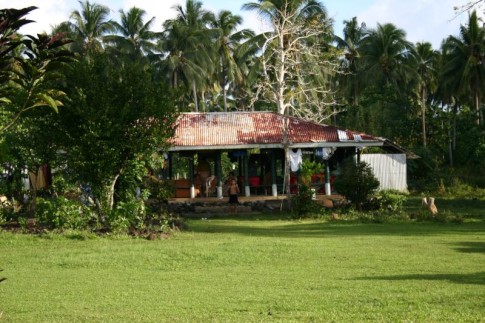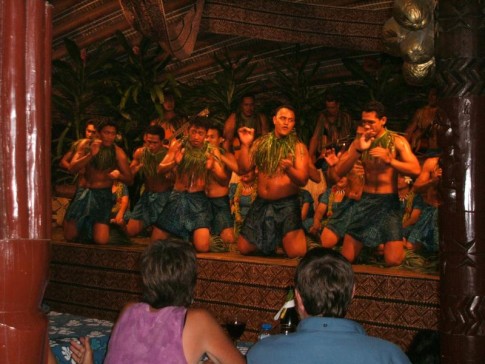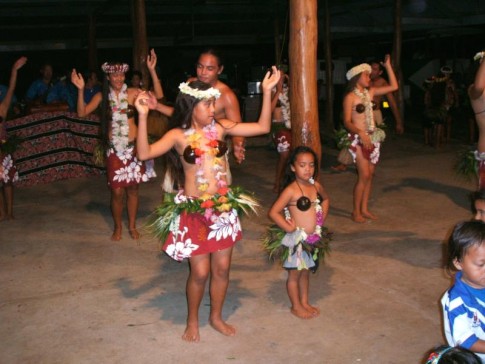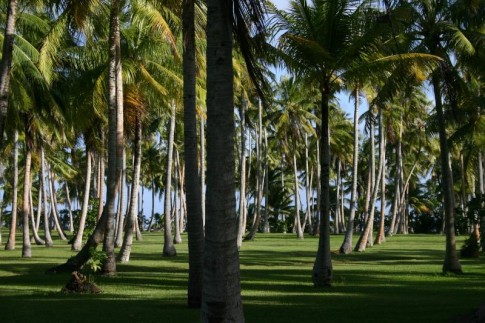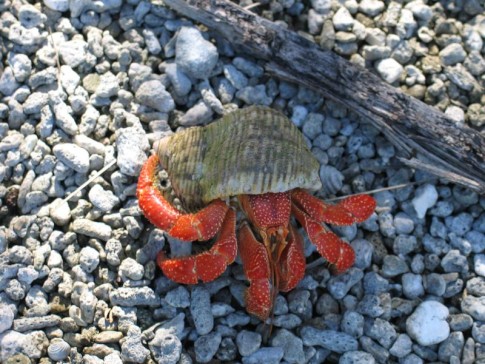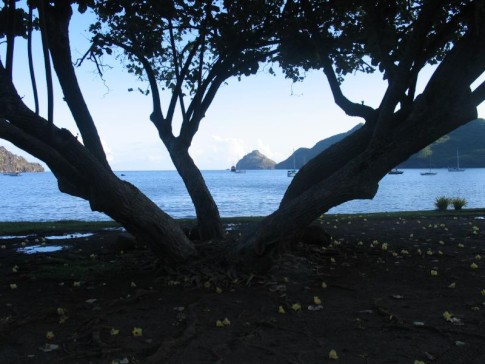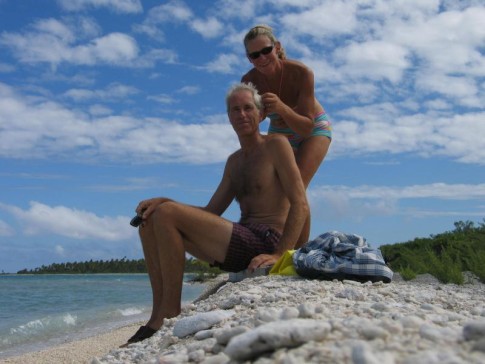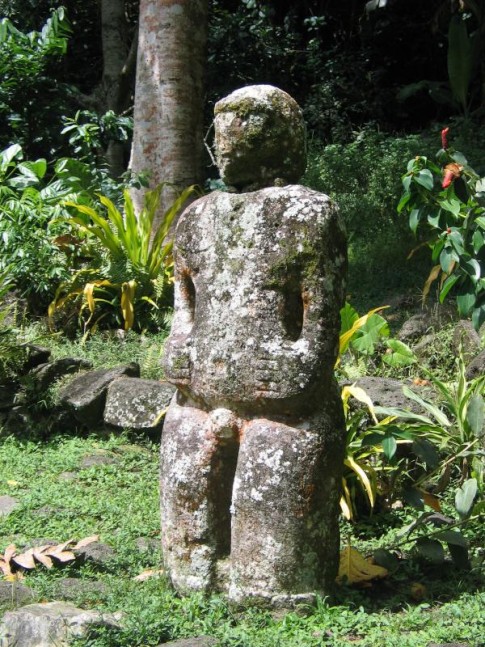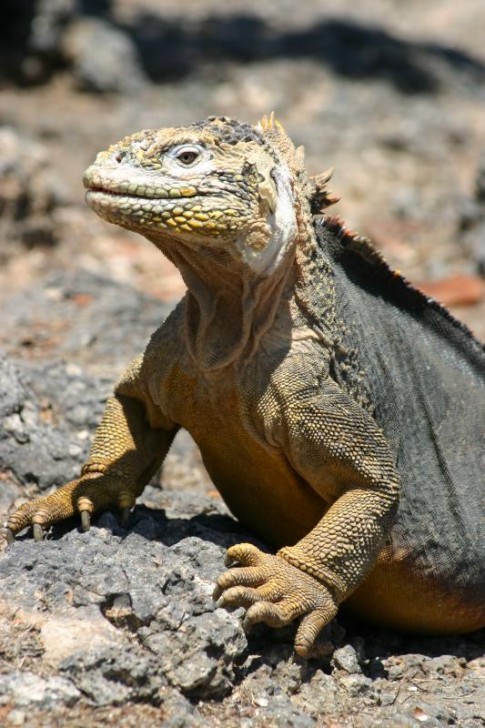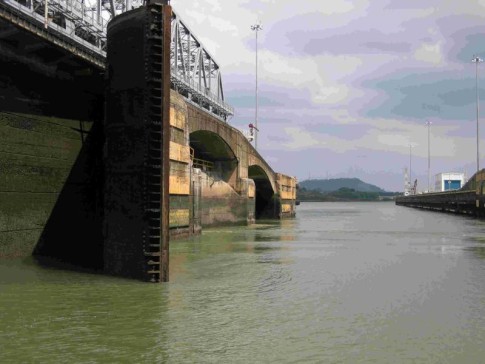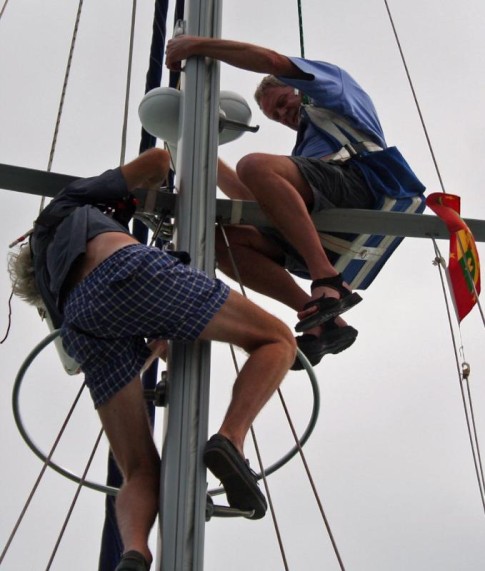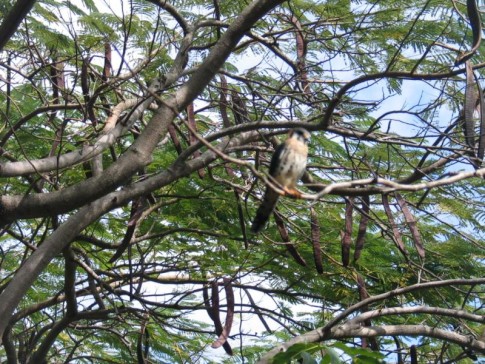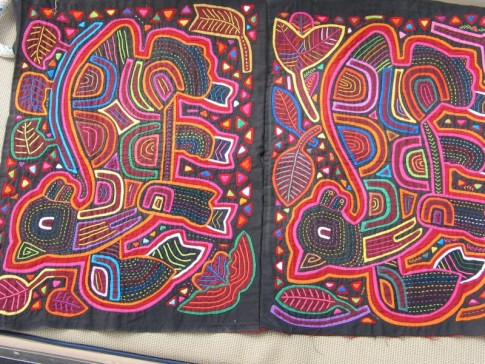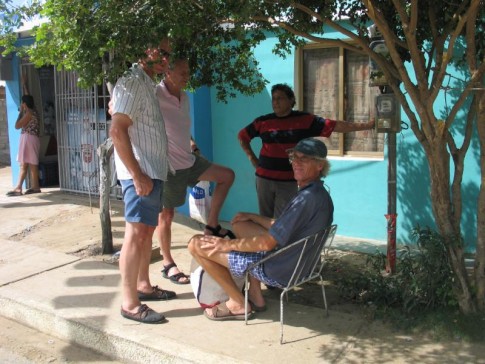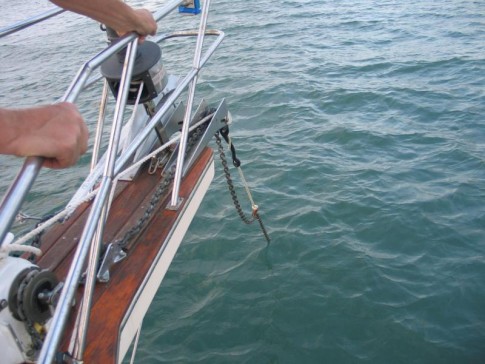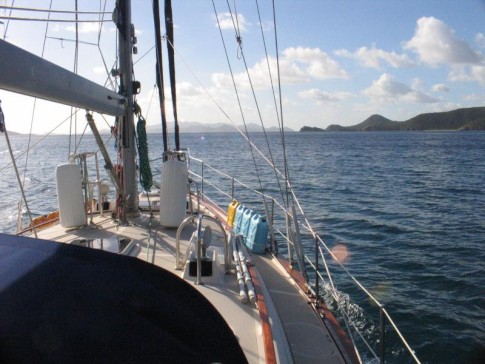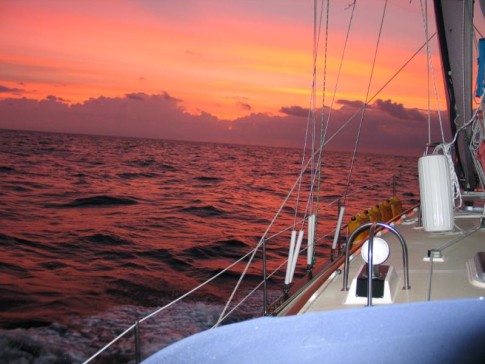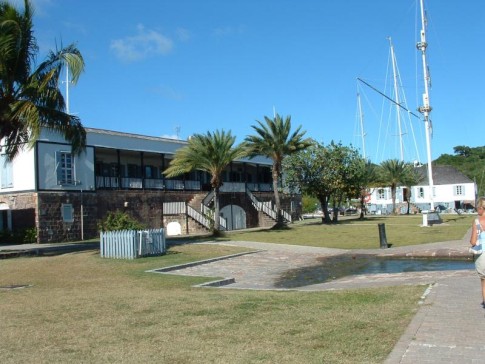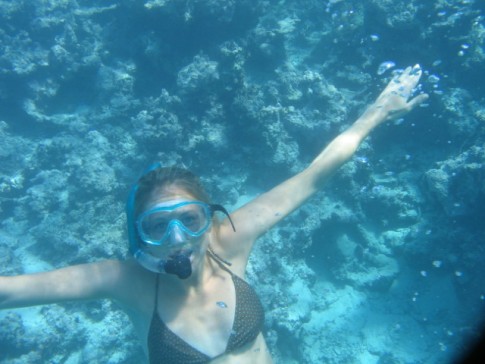
A Pacific circuit plus on Brother Wind
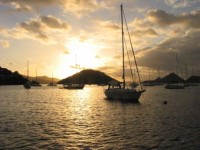
Who: Jo and Giles Winter
Port: Blakeney, Norfolk UK
Vaguely related links!
21 August 2019 | Sidney, Vancouver Island
06 August 2019 | Powell River
26 July 2019 | Campbell River
17 July 2019 | Port McNeil, Vancouver Island
05 July 2019 | Ketchikan
28 June 2019 | Petersburg, Alaska
17 June 2019 | Seward
04 June 2019 | Seward, Alaska
13 August 2018 | Kodiak town
16 July 2018 | Alaska
04 July 2018
25 June 2018
21 June 2018
17 June 2018 | North Pacific
01 June 2018 | Hakodate, Hokkaido, Japan
06 May 2018 | Mihonoseki
22 April 2018 | Marin Pia Marina, Kunasaki
30 March 2018 | Marin Pia Marina, Musashi, Oita
25 February 2015 | Puerta Galera, Mindoro island
07 February 2015 | Pinoy Boatyard Port Carmen
Malaysia-UK-Borneo
22 July 2012 | 04 23.07'N:113 58.34'E
Jo
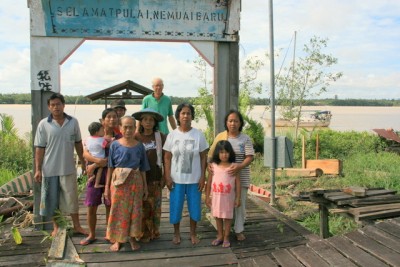
Our early start to get the Gurneys safely ashore was somewhat mired by total electrical failure on board! As they were making an early start it was still dark. Happily we discovered that everything sprang to life with the engine on, so the immediate problem of showers and cups of tea/coffee was solved, but after saying our farewells there was little choice but to head straight back to Terengganu, where we might get some assistance.
What seemed like luck when an hour after our arrival back in the Ri-Yaz marina an enthusiastic young electrician came aboard, and promised to find us a new breaker switch, turned out to be a wild goose chase. As is so often the way in Malaysia, the promises came to nothing except fruitless phone calls, no further help, and a complete waste of a couple of days!
Giles finally did some more tests, and his original diagnosis was changed to the battery isolator switch being faulty. Not only did he manage to get one of these in town, but it also fitted into the same hole in the panel. Meanwhile 5 days had elapsed trying to resolve the issue! This put paid to our plans to hire a car and do some inland exploration. Unfortunately my hip had been giving so much trouble that I had not been able to wander off to do other things.
The compensation was some of the rally boats were around, and we had several excellent meals ashore at the Fisherman’s dock, a short dinghy ride from the marina. One of the advantages of Malaysia is that it is probably cheaper to eat out than cook on board, and the food is normally excellent.
We enjoyed Terengganu, which is a busy town, conveniently accessible by dinghy, but we needed to be heading south to catch up with the rally, most of whom were proposing to cross from Tioman Island to Borneo at the end of the month. We therefore made a fast journey down the coast stopping at the small Palau Tengall, and then were ejected by the navy from their lovely calm commercial harbour at Tanjong Galang, but had a reasonable night tucked next to their harbour wall, primed for a dawn start the next day to get to Tioman Island.
Night time sailing is a worry, as there are so many fishing buoys to get caught up in, and the east coast of Malaysia seems to specialise in nests of about 30 buoys some 4 metres in diameter, the thought of escaping from would be horrendous.
While heading south I heard the sad but not entirely unexpected news that my best friend Bombie had died, and after a day of shock, I realised that it might just be possible for me to fly home for her funeral if we managed to get ourselves to Borneo fairly quickly.
We had restocked our beer and wine supplies in duty free Tioman, so once the laundry was ready we were good to go! We set sail on 29th June, at first light, motor sailing the first 10 miles to clear the island, and then sailing hard on the wind into the SE choppy seas. There was no way that we could make our rhumb line, and as we had an agenda to cover the 400 miles to Borneo in three days, we couldn’t afford to hang about, so reverted to motor sailing.
The route from Tioman to Kuching crosses the Singapore shipping lanes at a point where the very busy traffic is not confined to lanes, which makes it much harder to work out. We managed to get through the shipping by dusk, but were then straight into a very busy night of fishing boats, still motor-sailing hard on the wind into a very uncomfortable sea. The dawn is always a welcome relief; and fishing boats head home to catch the market. The next couple of days the wind freed a little and we managed some very good sailing, although the south west wind we were expecting never materialised and we continued into a south easterly for most of the way. Surprisingly after the first very busy night of fishing boats, the Indonesian islands we sailed past were much less frenetic.
As we closed the Borneo coast the wind went to the north east, and then died altogether. We had decided to go up river to Kuching marina, rather than to the anchorage on the Santabong River where most of the yachts were heading. The marina was a much better place to get to the airport from, and a better location for Giles to get into Kuching. We were lucky to catch the last of the flood tide, as the ebb runs at up to 3 kts.
We had a day in hand to get tidied up after our crossing and complete the formalities of customs and immigration, Sarawak considers itself a separate state, and conveniently you can get another three month stamp in your passport, which solved our pending visa problem.
Early next morning the charming Mr Romulu, the marina captain collected me at 04.00, and drove me to the airport, from where I flew via K-L to London, and arrived with daughter Emily just before the children’s bed time!
I had four days in England, enough to register how ghastly the summer has been there, poor Bombie’s funeral was beset with rain, but it felt good to be there. I had a weekend at home with all four of my children; purely by chance they had pre-arranged to all be in Norfolk that weekend, so it was a lovely treat to have them all together, and I even managed to watch the Murray defeat at Wimbledon!
I flew back to Kuala Lumpur on the new Air Malaysia air bus, spanking new and felt enormous looking down the length of the wing.
Giles and Peter from ‘Mr. P’ collected me at the airport in Kuching, they had been sharing a car for a day or two, saving the price of the hire by collecting diesel themselves rather than having it delivered to the marina.
I wanted a day of being a tourist in Kuching before we left, so next day we drove into town and visited China Town, and the very good museum, housed in lovely old colonial buildings, and then to the fascinating museum of Chinese history in Sarawak. Kuching is a lovely old colonial town, albeit it was only very briefly under the British Empire, its colonialism sprang from the dynasty of three generations of the ‘White Rajahs’, the Brooke family. Bombie’s maiden name was Brooke, and they are apparently distantly related.
We managed to get three good sightings of a large crocodile that seemed to regularly ply its way across the entrance to the few pontoons that make up the marina, but each time disappeared when a boat went past.
We wanted to visit the Rajang River, and see a little of inland Sarawak that way, so we caught the ebb tide for the fourteen miles downriver, and then across to the little island of Lakei, where there is a very beautiful anchorage. I was not quite brave enough to swim, although I am sure that the crocs don’t come this far down!
The following morning we went to start the engine, and instead of the usual familiar roar there was silence, the battery had totally died with no warning at all! We have a magical piece of cable to cope with such emergencies, and cross the terminals over to the domestic battery bank, so all was well, but classically annoying when we would have so easily been able to get another one in Kuching!
As it was only a car starter battery that we needed we reckoned we would be able to pick one up somewhere along the way quite easily.
We arrived at the mouth of the mighty Rajang River, the largest of Borneo’s rivers, just 30 miles along the coast from the entrance to the Kuching River, and with slack tide managed to get 10 miles upriver into a little tributary, which provided a good anchorage for the night, clear of the barges which ply back and forth laden with logs.
Twenty miles upriver is the town of Sarikei, where we anchored in another tributary, away from the river traffic, and opposite the river police, who were very relaxed about us using their pontoon to leave the dinghy on. Immediately outside their compound was a tyre and battery place, so we were able to replace our starter battery with no trouble at all.
While we were there we got talking to a very helpful local Chinese guy called John Hue , who kindly drove us around town for a little tour. We had a really good Chinese meal ashore, and were clearly the only foreigners in the town which felt much more Iban and Chinese than Malay. The market next morning was also just at the end of the police dock, and was delightfully local, very friendly and everyone tried to get us to try their wares! Live hens were for sale wrapped up in rolls of newspaper with their heads sticking out, while another woman was selling large white maggots.
From Sarikei we wound our way further inland carrying at least a knot of tide all the way, but for all that on occasion the depth was worryingly shallow, and when we took the tributary off the Rajang heading east for several twisty miles to join the Lassa River, it got shallower still. We had been told that the new bridge had 20 metres clearance, and we assumed that the power cable which seemed even lower would be the same.
The occasional boat or tug laden with tree trunks passed by, and a few high speed ferries which serve the local communities, taking people to work, school or local markets. We anchored in the evening rain opposite a long-house, which is the traditional housing for the Iban tribe who populated this area before the arrival of the Chinese farmers in the 19th century. It is a very practical form of housing used by the river and forest Dyaks. The long-house we visited had sixteen families living in it, each small unit extended forwards to a long covered balcony providing shade and shelter from the rain, another more open balcony runs in front of that one. These areas are used communally, but everyone has their own door from the inner balcony taking you back to the living and cooking areas.
The whole house is on stilts, maybe 75 metres long, built of wood and corrugated iron, and painted bright blue. Underneath this one, one of the men was sawing planks for repair jobs. Each house has its own solar panel and battery that it charges, so they have some electricity, water is caught rain water. The children get taken by boat either across the wide river Lassa for the younger ones or by high speed ferry all the way to Sibu for the older ones, who left at 5 a.m.
The people could not have been more friendly, and on the first evening we climbed into the tiny planked canoe that came to greet us, and went ashore. Next day we went back again, we were given delicious fish ‘campong’ and sweet coffee to drink, and one of the ladies presented me with a beautiful sampan hat she had made herself. It was a very special experience, and one of the reasons we had wanted to go deep into the river. It would have been very unlikely these people would have received foreigners into their long-house before.
The wide Lassa River runs out to form part of the Rajang delta, and we managed to say our farewells in time to catch the last of the sea going tide. This turned foul just as we decided to stop at the entrance to yet another tributary where we anchored and took the dinghy a mile upriver to the little town of Daro. This felt rather like an out-back town, lovely old wooden buildings and buzzing with life and activity. It lacked the friendliness of Sarikei, maybe because we were even more off the beaten track, and people did not know how to react.
The tide had conveniently turned in our favour, the ebb runs for eight hours in a tide, and for this last bit of the Lassa River we needed it with us. We shot down river with 4.5 knots of tide and an average depth of 4.2 metres, covering the sixteen miles in just over two hours, just in time to find somewhere to anchor before dark.
Our attempt to go into Kuala Mukah forty miles further east along the coast were foiled by lack of depth, so we had to continue overnight to Miri, another 150 miles further on, which meant we had not had the chance to plan our arrival time carefully. We had a good trip, and some excellent sailing, but arrived two hours after high water with 25 knots of wind behind us and going straight down onto a lee shore, with no information about what to expect except for a waypoint!
I rang one of the rally boats, and got a bit more advice, but it was still a particularly nasty entrance in those conditions, with confused breaking waves pushing us around, and a total depth in the entrance of only 1.7 metres.
Once inside the small marina we found it was full, but we were put at the end of a row, blocking a couple of other boats, but delighted to be here!
What seemed like luck when an hour after our arrival back in the Ri-Yaz marina an enthusiastic young electrician came aboard, and promised to find us a new breaker switch, turned out to be a wild goose chase. As is so often the way in Malaysia, the promises came to nothing except fruitless phone calls, no further help, and a complete waste of a couple of days!
Giles finally did some more tests, and his original diagnosis was changed to the battery isolator switch being faulty. Not only did he manage to get one of these in town, but it also fitted into the same hole in the panel. Meanwhile 5 days had elapsed trying to resolve the issue! This put paid to our plans to hire a car and do some inland exploration. Unfortunately my hip had been giving so much trouble that I had not been able to wander off to do other things.
The compensation was some of the rally boats were around, and we had several excellent meals ashore at the Fisherman’s dock, a short dinghy ride from the marina. One of the advantages of Malaysia is that it is probably cheaper to eat out than cook on board, and the food is normally excellent.
We enjoyed Terengganu, which is a busy town, conveniently accessible by dinghy, but we needed to be heading south to catch up with the rally, most of whom were proposing to cross from Tioman Island to Borneo at the end of the month. We therefore made a fast journey down the coast stopping at the small Palau Tengall, and then were ejected by the navy from their lovely calm commercial harbour at Tanjong Galang, but had a reasonable night tucked next to their harbour wall, primed for a dawn start the next day to get to Tioman Island.
Night time sailing is a worry, as there are so many fishing buoys to get caught up in, and the east coast of Malaysia seems to specialise in nests of about 30 buoys some 4 metres in diameter, the thought of escaping from would be horrendous.
While heading south I heard the sad but not entirely unexpected news that my best friend Bombie had died, and after a day of shock, I realised that it might just be possible for me to fly home for her funeral if we managed to get ourselves to Borneo fairly quickly.
We had restocked our beer and wine supplies in duty free Tioman, so once the laundry was ready we were good to go! We set sail on 29th June, at first light, motor sailing the first 10 miles to clear the island, and then sailing hard on the wind into the SE choppy seas. There was no way that we could make our rhumb line, and as we had an agenda to cover the 400 miles to Borneo in three days, we couldn’t afford to hang about, so reverted to motor sailing.
The route from Tioman to Kuching crosses the Singapore shipping lanes at a point where the very busy traffic is not confined to lanes, which makes it much harder to work out. We managed to get through the shipping by dusk, but were then straight into a very busy night of fishing boats, still motor-sailing hard on the wind into a very uncomfortable sea. The dawn is always a welcome relief; and fishing boats head home to catch the market. The next couple of days the wind freed a little and we managed some very good sailing, although the south west wind we were expecting never materialised and we continued into a south easterly for most of the way. Surprisingly after the first very busy night of fishing boats, the Indonesian islands we sailed past were much less frenetic.
As we closed the Borneo coast the wind went to the north east, and then died altogether. We had decided to go up river to Kuching marina, rather than to the anchorage on the Santabong River where most of the yachts were heading. The marina was a much better place to get to the airport from, and a better location for Giles to get into Kuching. We were lucky to catch the last of the flood tide, as the ebb runs at up to 3 kts.
We had a day in hand to get tidied up after our crossing and complete the formalities of customs and immigration, Sarawak considers itself a separate state, and conveniently you can get another three month stamp in your passport, which solved our pending visa problem.
Early next morning the charming Mr Romulu, the marina captain collected me at 04.00, and drove me to the airport, from where I flew via K-L to London, and arrived with daughter Emily just before the children’s bed time!
I had four days in England, enough to register how ghastly the summer has been there, poor Bombie’s funeral was beset with rain, but it felt good to be there. I had a weekend at home with all four of my children; purely by chance they had pre-arranged to all be in Norfolk that weekend, so it was a lovely treat to have them all together, and I even managed to watch the Murray defeat at Wimbledon!
I flew back to Kuala Lumpur on the new Air Malaysia air bus, spanking new and felt enormous looking down the length of the wing.
Giles and Peter from ‘Mr. P’ collected me at the airport in Kuching, they had been sharing a car for a day or two, saving the price of the hire by collecting diesel themselves rather than having it delivered to the marina.
I wanted a day of being a tourist in Kuching before we left, so next day we drove into town and visited China Town, and the very good museum, housed in lovely old colonial buildings, and then to the fascinating museum of Chinese history in Sarawak. Kuching is a lovely old colonial town, albeit it was only very briefly under the British Empire, its colonialism sprang from the dynasty of three generations of the ‘White Rajahs’, the Brooke family. Bombie’s maiden name was Brooke, and they are apparently distantly related.
We managed to get three good sightings of a large crocodile that seemed to regularly ply its way across the entrance to the few pontoons that make up the marina, but each time disappeared when a boat went past.
We wanted to visit the Rajang River, and see a little of inland Sarawak that way, so we caught the ebb tide for the fourteen miles downriver, and then across to the little island of Lakei, where there is a very beautiful anchorage. I was not quite brave enough to swim, although I am sure that the crocs don’t come this far down!
The following morning we went to start the engine, and instead of the usual familiar roar there was silence, the battery had totally died with no warning at all! We have a magical piece of cable to cope with such emergencies, and cross the terminals over to the domestic battery bank, so all was well, but classically annoying when we would have so easily been able to get another one in Kuching!
As it was only a car starter battery that we needed we reckoned we would be able to pick one up somewhere along the way quite easily.
We arrived at the mouth of the mighty Rajang River, the largest of Borneo’s rivers, just 30 miles along the coast from the entrance to the Kuching River, and with slack tide managed to get 10 miles upriver into a little tributary, which provided a good anchorage for the night, clear of the barges which ply back and forth laden with logs.
Twenty miles upriver is the town of Sarikei, where we anchored in another tributary, away from the river traffic, and opposite the river police, who were very relaxed about us using their pontoon to leave the dinghy on. Immediately outside their compound was a tyre and battery place, so we were able to replace our starter battery with no trouble at all.
While we were there we got talking to a very helpful local Chinese guy called John Hue , who kindly drove us around town for a little tour. We had a really good Chinese meal ashore, and were clearly the only foreigners in the town which felt much more Iban and Chinese than Malay. The market next morning was also just at the end of the police dock, and was delightfully local, very friendly and everyone tried to get us to try their wares! Live hens were for sale wrapped up in rolls of newspaper with their heads sticking out, while another woman was selling large white maggots.
From Sarikei we wound our way further inland carrying at least a knot of tide all the way, but for all that on occasion the depth was worryingly shallow, and when we took the tributary off the Rajang heading east for several twisty miles to join the Lassa River, it got shallower still. We had been told that the new bridge had 20 metres clearance, and we assumed that the power cable which seemed even lower would be the same.
The occasional boat or tug laden with tree trunks passed by, and a few high speed ferries which serve the local communities, taking people to work, school or local markets. We anchored in the evening rain opposite a long-house, which is the traditional housing for the Iban tribe who populated this area before the arrival of the Chinese farmers in the 19th century. It is a very practical form of housing used by the river and forest Dyaks. The long-house we visited had sixteen families living in it, each small unit extended forwards to a long covered balcony providing shade and shelter from the rain, another more open balcony runs in front of that one. These areas are used communally, but everyone has their own door from the inner balcony taking you back to the living and cooking areas.
The whole house is on stilts, maybe 75 metres long, built of wood and corrugated iron, and painted bright blue. Underneath this one, one of the men was sawing planks for repair jobs. Each house has its own solar panel and battery that it charges, so they have some electricity, water is caught rain water. The children get taken by boat either across the wide river Lassa for the younger ones or by high speed ferry all the way to Sibu for the older ones, who left at 5 a.m.
The people could not have been more friendly, and on the first evening we climbed into the tiny planked canoe that came to greet us, and went ashore. Next day we went back again, we were given delicious fish ‘campong’ and sweet coffee to drink, and one of the ladies presented me with a beautiful sampan hat she had made herself. It was a very special experience, and one of the reasons we had wanted to go deep into the river. It would have been very unlikely these people would have received foreigners into their long-house before.
The wide Lassa River runs out to form part of the Rajang delta, and we managed to say our farewells in time to catch the last of the sea going tide. This turned foul just as we decided to stop at the entrance to yet another tributary where we anchored and took the dinghy a mile upriver to the little town of Daro. This felt rather like an out-back town, lovely old wooden buildings and buzzing with life and activity. It lacked the friendliness of Sarikei, maybe because we were even more off the beaten track, and people did not know how to react.
The tide had conveniently turned in our favour, the ebb runs for eight hours in a tide, and for this last bit of the Lassa River we needed it with us. We shot down river with 4.5 knots of tide and an average depth of 4.2 metres, covering the sixteen miles in just over two hours, just in time to find somewhere to anchor before dark.
Our attempt to go into Kuala Mukah forty miles further east along the coast were foiled by lack of depth, so we had to continue overnight to Miri, another 150 miles further on, which meant we had not had the chance to plan our arrival time carefully. We had a good trip, and some excellent sailing, but arrived two hours after high water with 25 knots of wind behind us and going straight down onto a lee shore, with no information about what to expect except for a waypoint!
I rang one of the rally boats, and got a bit more advice, but it was still a particularly nasty entrance in those conditions, with confused breaking waves pushing us around, and a total depth in the entrance of only 1.7 metres.
Once inside the small marina we found it was full, but we were put at the end of a row, blocking a couple of other boats, but delighted to be here!
Comments
| Vessel Name: | Brother Wind |
| Vessel Make/Model: | Island Packet 45 |
| Hailing Port: | Blakeney, Norfolk UK |
| Crew: | Jo and Giles Winter |
| About: | Rolling selection of friends and family |
| Extra: | Check my Instagram for pictures jogi_winter |
Brother Wind's Photos - Jo and Giles round the world on Brother Wind (Main)
|
From Taisha we moved northwards to Hakodate in Hokkaido, where we left the sea of Japan behind
17 Photos
Created 1 June 2018
|
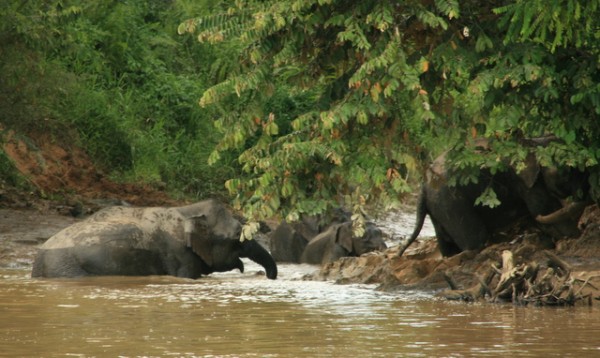 |
A trip up the Kinabatangan River in Brother Wind, with brother Jamie, wife Mel, and daughter Izzy
40 Photos
Created 23 August 2012
|
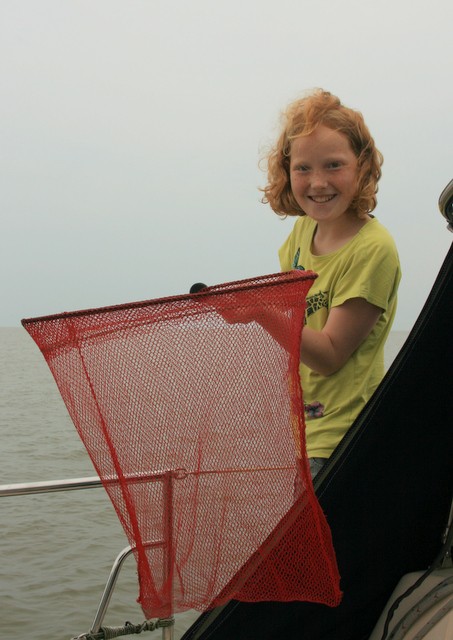 |
Jamie,Mel and Issy Cooper joined us in K-K, Sabah, for a dramatic trip north and then stunning islands followed by a trip up the Kinabatangan river
27 Photos
Created 12 August 2012
|
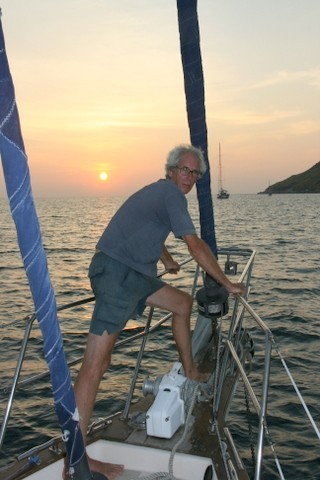 |
our trip back to Langkawi from the Andamans, with Mike and Laurian Cooper on board
15 Photos
Created 28 March 2011
|
A Pacific circuit plus on Brother Wind

Who: Jo and Giles Winter
Port: Blakeney, Norfolk UK






